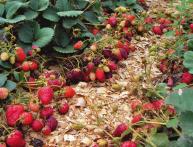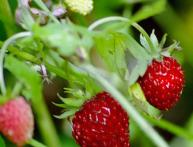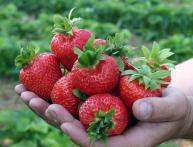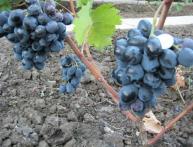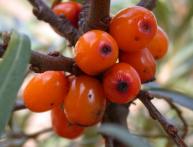Growing regular and remontant raspberries
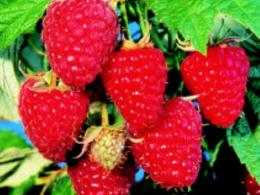
Raspberries grow in almost all garden and summer cottage areas: from the Far East to the Black Sea. The berries are not only tasty, but also have a mass healing properties, the most famous of which are anti-inflammatory and antipyretic. Tea with raspberry jam is the most delicious cold medicine. For treatment, you can also use decoctions of young shoots. Growing raspberries It doesn’t present any difficulties, but to get a good harvest, some care rules must be followed. An ordinary raspberry bush has one and two-year-old stems, the latter bear fruit. In the fall, after fruiting, they are cut out. If you don’t cut them out, they will still die off, but they will stick out and thicken the plantings.
Raspberries, like most berry bushes, take a lot of nutrients from the soil, so they should be fertilize regularly, preferably fresh manure or humus and mineral fertilizers. At the same time, in 15 years the soil will be depleted, the yield will decrease, and the bushes will have to be transplanted to another place. Raspberries reproduce by annuals root shoots, They are planted in early spring or late autumn using the bush or strip method. It must be remembered that strawberries cannot be planted near them; they have common pests and diseases. Raspberry bushes form a branched root system; buds are formed on the adventitious roots, from which new stems are formed. If not limit root growth wide trench, raspberries will capture more and more garden areas.
Growing raspberry remontant different from usual. This plant produces berries on annual shoots. They also grow on two-year-old shoots, but greatly weaken the plant and delay the appearance of berries on one-year-old shoots. Therefore, usually two-year-old stems are simply not allowed to grow; one-year-old shoots are cut out completely after fruiting (in October). This plant overwinters without the above-ground part, and in the spring new shoots appear, which bloom a little later than the usual varieties.


